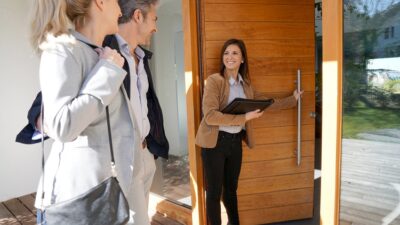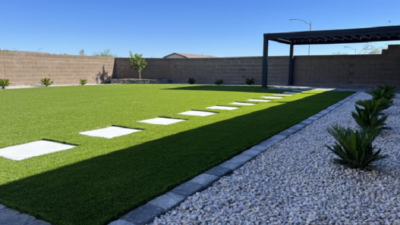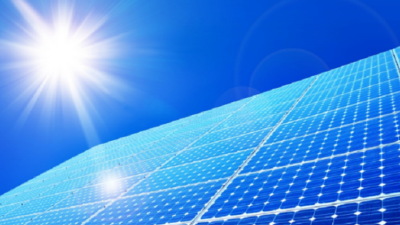EDR (Enhanced data rate) is an abbreviation of the enhanced rate in Bluetooth technology. It is characterized by greatly improving the data transmission rate of Bluetooth technology, reaching 2.1Mbps, which is three times that of current Bluetooth technology.
In the Bluetooth 2.0 specification, EDR comes in handy, it correctly defines the modulation technology changes, and the extra packet type, which enables it to transmit at 3MBPS. So, we usually see the “Bluetooth core” Specification 2.0 version + EDR”. The actual situation is: there is currently no Bluetooth application that requires more than 1MBPS for transmission. Even for high-quality stereo data streams, it must use subband codec (SBC codec, which requires up to 345KBPS).
However, due to the increasing popularity of Bluetooth devices, users may use multiple Bluetooth devices at the same time, especially in the computer environment, where devices such as mice, keyboards, headphones, mobile phones, PDAs, and printers need to work at the same time. EDR provides additional bandwidth to the Bluetooth radio, giving all devices a satisfactory transmission rate. If you want to listen to high-quality stereo sound, you need a data transfer rate of 345 kbps instead of a medium-quality transfer rate of 237 kbps. High-quality audio streams take up 53% of the bandwidth, plus 22% of the bandwidth required for the mouse and keyboard, leaving only 25% of the bandwidth. This is not enough for retransmissions. use. Moreover, if the communication interference is severe, the 25% bandwidth will be even worse.
If you use EDR instead, you can solve the above problem. In the EDR communication environment, the mouse and keyboard still maintain 11% of the maximum bandwidth consumption, but high-quality audio streaming now only takes up 18% of the bandwidth, so the bandwidth can be 60%. Even in the case of severe interference, communication performance can be easily maintained to an acceptable level. This can also provide enough bandwidth for other additional applications, such as printing files, or synchronizing data.
In addition to supporting high-quality audio streams, EDR can also help reduce power loss. The amount of power required for a Bluetooth radio is determined by the length of time it is in active mode. Since EDR increases the data transfer rate by a factor of three, the length of time that the Bluetooth radio is in the operating mode is now only 1/3 of the past, and the power required is only 1/3 of the past.
EDR is 100% compatible with Bluetooth version 1.2. Backwards compatibility was always emphasized when developing EDR. The Bluetooth network allows devices with EDR capability to coexist with devices with standard transmission rates (1 Mbps). The new modulation design is also compatible with standard transmission rates, so both parties can receive signals from the other party. This means that when designing products with EDR capabilities, it will not be more complicated than designing Bluetooth 1.2 products.










Comments